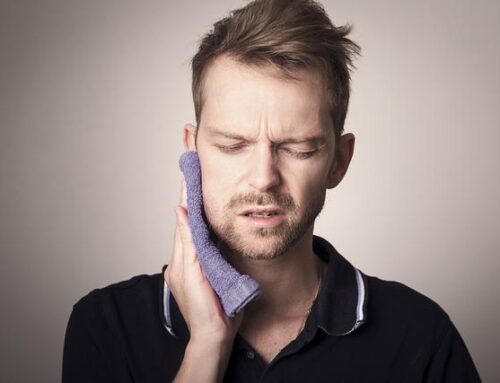What if we told you that listening to your favorite music could help ease your temporomandibular joint disorder (TMD) discomfort? What about relaxing music? It sounds like another false promise that you see on an infomercial, but it is not.
New research has actually found that listening to relaxing music or your favorite music can improve your jaw pain. The opposite is true for stressful music or no music at all. Let’s take a closer look at what these researchers found.
What researchers looked at
In the journal Headache, researchers conducted an experimental study about music TMD. With music playing a pivotal role in our daily lives, researchers wanted to know how it impacted jaw pain. The study looked at how music helps to modulate awake bruxism in people with chronic painful TMD.
Awake bruxism is a stress behavior characterized by teeth clenching, which may be occurring more than normal as we continue to navigate the COVID-19 pandemic. It is a strong contributor to chronic TMD and can cause pain to worsen.
Researchers recorded the electromyographic (EMG) activity in the right masseter of 14 women with chronic TMD and 15 pain-free women during a guided music listening session, which is a music intervention based on models of mood meditation and attention modulation.
Additionally, the objective was to see if guided music listening would modulate masticatory muscle activity and awake bruxism in subjects with chronic painful muscular TMD. This is a condition that continues to place significant burden on patients, their families and health systems.
Which music helps?
During a guided music listening session, researchers used three types of music: stressful, relaxing and the participants’ favorite music. The other session included no music control blocks that lasted 15 minutes.
In each session, participants’ motor effort of the right masseter–a muscle that runs through the rear part of the cheek from the temporal bone to the lower jaw on each side and closes the jaw when chewing–was measured relative to their maximum voluntary contraction, which is the muscular effort to maintain mandibular posture. They also produced spontaneous awake bruxism episodes and measured how long they lasted. What they found is that the EMG posture increased during the stressful music block. However, it decreased during the relaxing and favorite music blocks.
This shows that patients with chronic TMD found relief when listening to relaxing music and their own favorite music. It decreased the muscular effort during spontaneous awake bruxism episodes by 26% (relaxing music) and 44% (favorite music). In contrast, stressful music increased pain by about 43%.
What are your thoughts on listening to music to help relieve your pain? Would you choose this route if it helped relieve your TMD pain? Contact us at Craniofacial Pain and Dental Sleep Center of Georgia to learn more about how we can help you find relief from your jaw pain.






